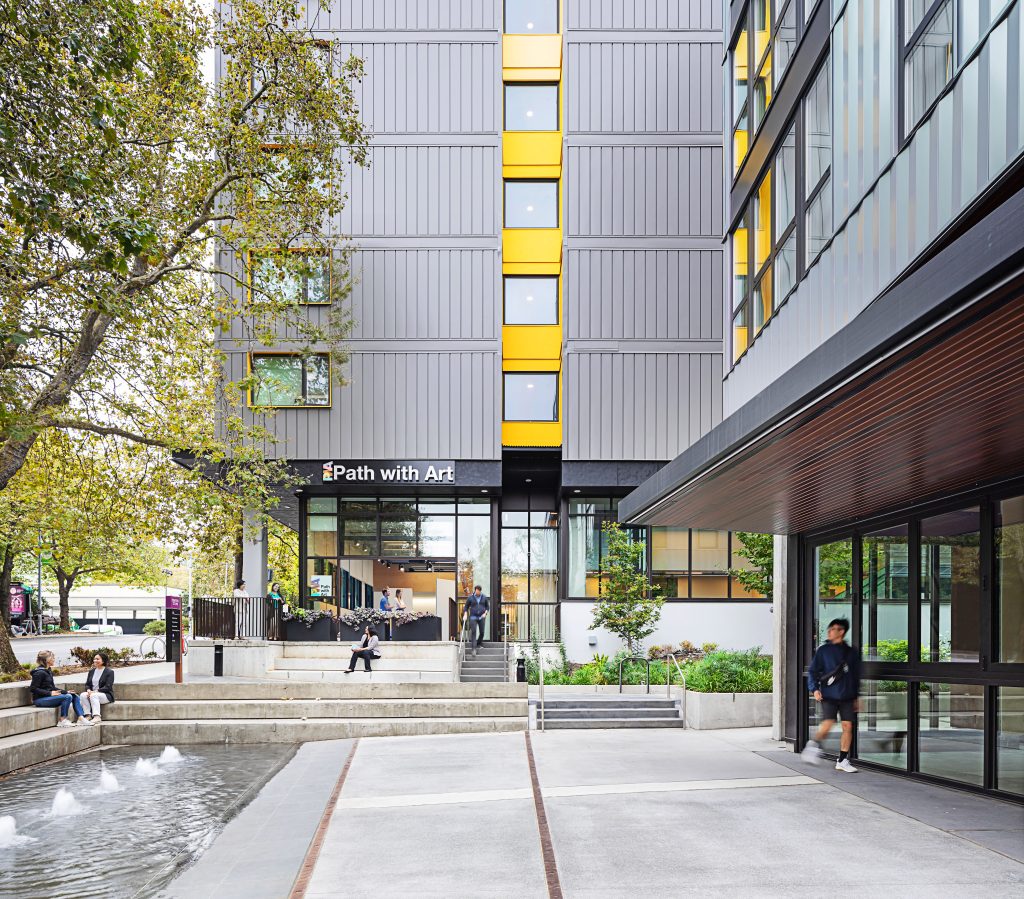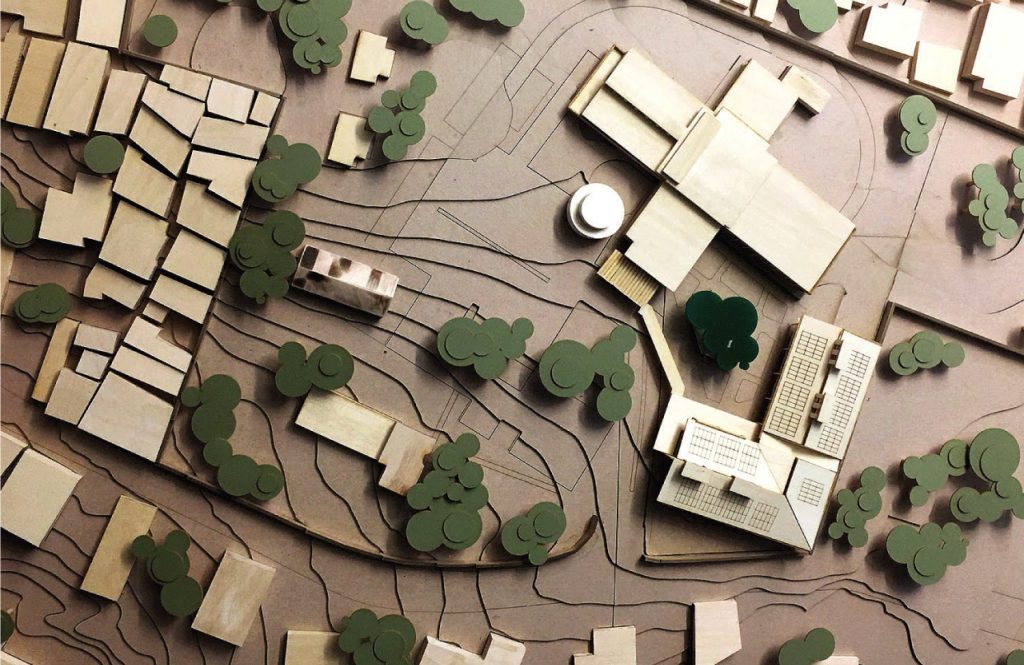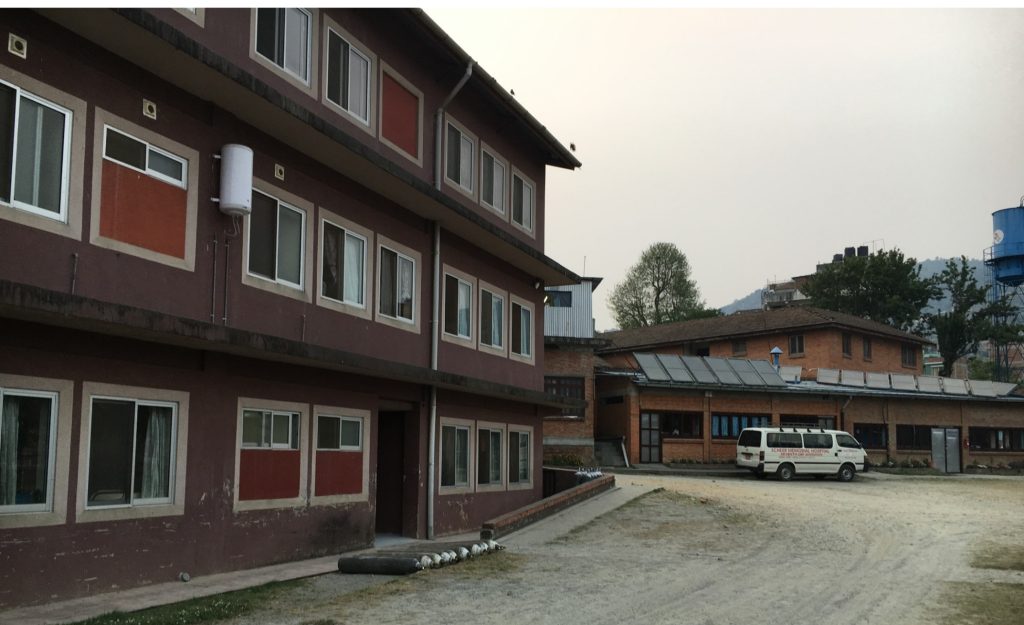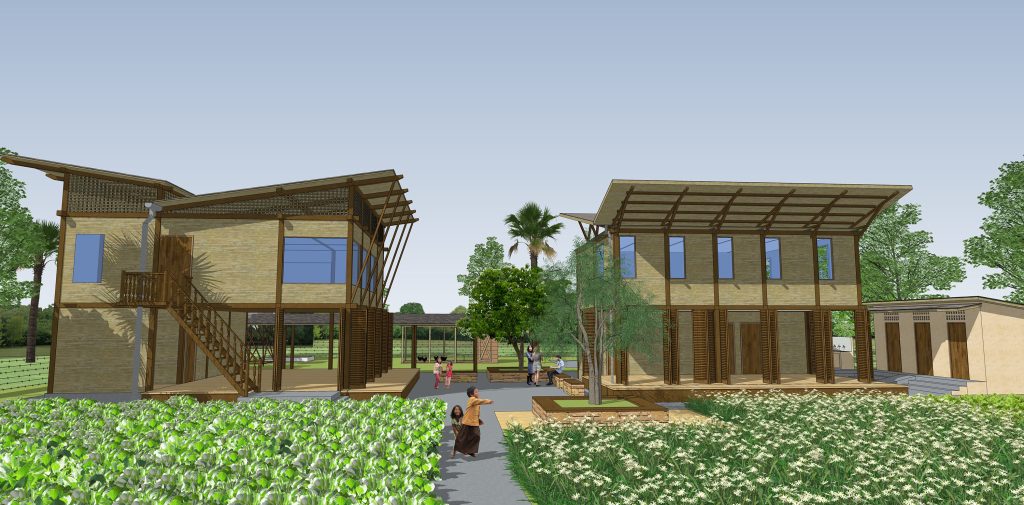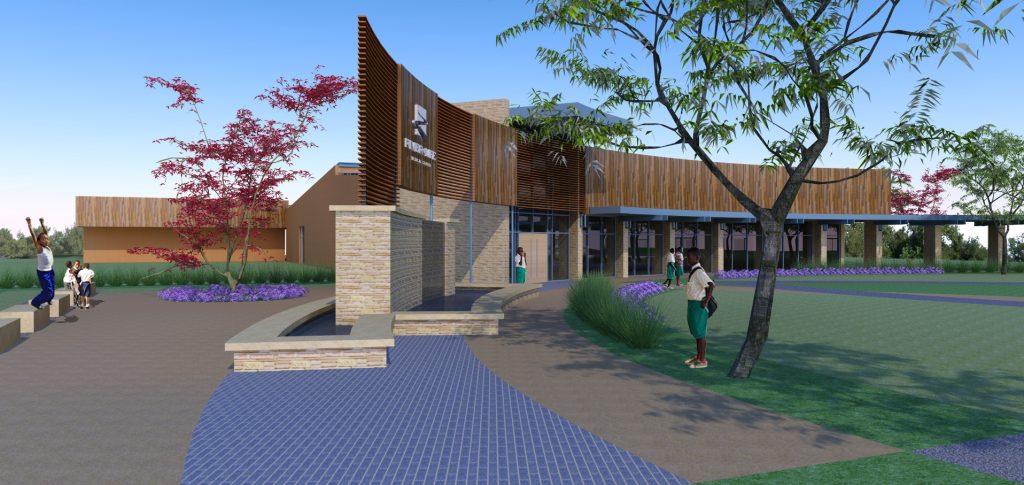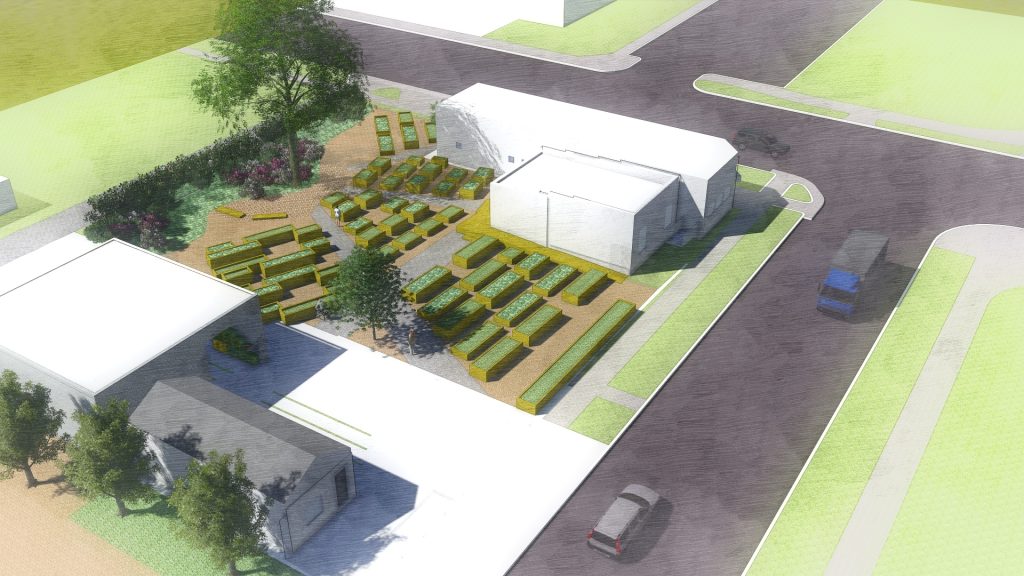Bringing a River of Life to the Tree of Life in Zambia
Lusaka, Zambia
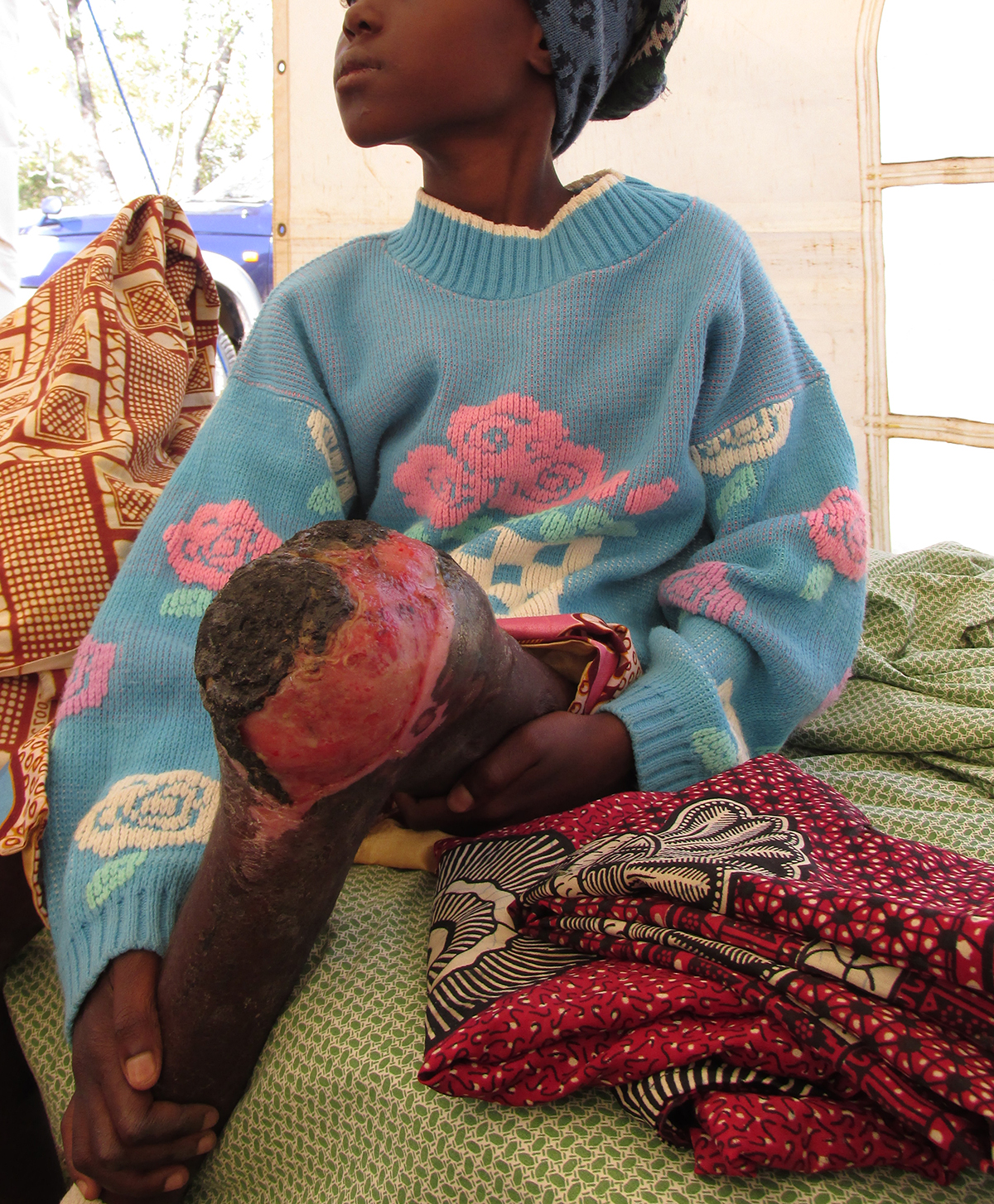
Paulina at her admission into treatment
Family Legacy Missions International volunteers came upon Paulina during their outreach to children in Zambia’s capital, Lusaka. She was immediately taken into Family Legacy’s full-time care for medical treatment. Unfortunately, Paulina’s story is not uncommon. Extreme poverty, high unemployment and contaminated water adversely affect access to adequate healthcare. Understaffed and overburdened city clinics, where nurses see up to 1,000 patients a day, often struggle to meet the basic healthcare needs of the community.
This stark reality is something Family Legacy faces every day in their efforts to provide adequate healthcare to thousands of orphans across Lusaka and the nearly 600 orphans living in their 191-acre Tree of Life Village located on the outskirts of the capital. It is also what inspired the founding of the organization. In the summer of 2000, Greer Kendall returned to his country of birth for the first time since he had left as a 6-year-old boy. He was deeply moved by the immense number of orphans living on the streets, and just a few months later he incorporated Family Legacy Missions International to help children from the most severe backgrounds of poverty, abuse and neglect.
As part of their mission, Family Legacy provides healthcare to the children within their care. Family Legacy pediatrician Dr. Brad Guffey and his team have been treating children out of two classrooms converted into a temporary clinic. Children whose conditions exceed the limitations of the clinic are taken to an outside facility; however, travel and long lines equate to hours of missed instruction at school. “Currently, we admit our children to various inpatient units across town depending on what services they need and which hospital units are open and have a bed available,” explains Guffey. “In most cases the care is sub-standard.” A condition that should only take two weeks to treat usually results in a month long stay. Crowded facilities and unsanitary conditions increase the risk of contracting new infections, such was Paulina’s case. “We desperately need a quality facility where we can care for our children,” asserts Guffey.
Drew Garst, a Principal at Boulder Associates Architects’ Dallas office, was made aware of Family Legacy’s circumstances through personal connections. He saw this as an opportunity to volunteer the firm’s capabilities toward a compelling cause and offered to design an on-site medical facility. It was a particularly appropriate fit as Family Legacy’s priority was to provide a modern hospital and Boulder Associates, since its founding in 1983, specializes exclusively in designing healthcare facilities.
Garst and Boulder Associates’ designer, Maria Bergh, spent a week in Zambia touring the local area to gain a better understanding of the conditions they were designing for. “Our initial thought was to build a small outpatient clinic that would eventually expand into a hospital,” recalls Garst. “However, during our visit we realized that phase one was going to need some level of inpatient support.” Additionally, after reviewing the health data Guffey and his team had collected on the nearly 10,000 children in their care, it became clear a more robust facility would need to be built.
Appropriately, phase one of the project was expanded into a 12,000 square-foot basic needs hospital that will feature a clinic, rehab, two trauma bays, an observation bed, four inpatient beds, a lab, pharmacy and imaging. Phase two will include an 18,000 square-foot expansion with support space, kitchen & dining, twelve beds, two operating rooms, a post-anesthesia care unit, and the ability to function as an intensive care unit when needed. The land directly across from the children’s homes was chosen as the ideal site for the facility. “The sickest children will be coming from the Children’s Village,” explains Guffey. “Positioning the hospital near their homes will centralize the care of our most vulnerable patients.”
The project’s building, landscape and interiors are designed as a holistic system promoting health and wellness. The landscaped plaza will serve as a welcoming gathering space for the children, an appropriate feature as the clinic is located directly south of the sports fields. Additionally, it will function as a buffer for dust infiltration, an ever-present problem in Zambia.
Lush forestry and friendly animals will decorate the interior walls, creating an animated environment. “Incorporating playful elements was an important part of our design,” explains Bergh. “This is, after all, a children’s hospital.” A tree-house, equipped with multiple layers and levels, encourages exploration. Climbable animal sculptures and touch screens with games promote interaction. Even the river pattern on the floor, inspired by the name of the facility: River of Life Medical Center, serves as a creative way-finding tool. “Many people think kids are different everywhere, whether culturally or due to life’s circumstances,” says Garst. “The reality is that they are all the same; when you’re a kid, you just want to be a kid. Most of these children have been deprived of those experiences early on in their lives. It’s important to provide an environment where kids are allowed to be kids and do what they do best—play.”
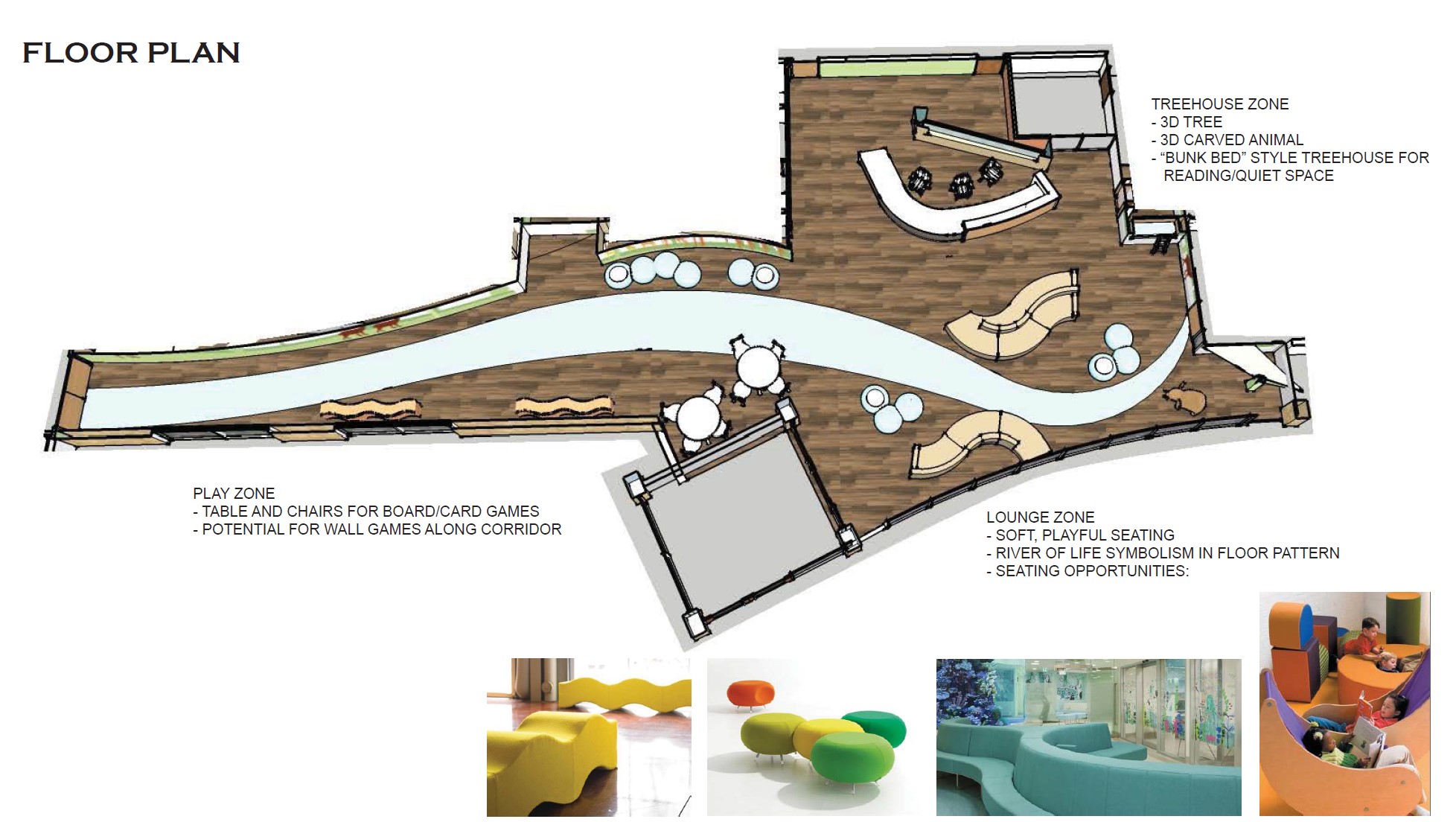 “What we are building at the River of Life Medical Center currently does not exist in Zambia,” says Guffey, “We will continue to reach out and make children whole and healthy to help them see God’s purpose for their lives. This facility, the River of Life Medical Center, will be a monumental step forward and will absolutely transform the health of these incredible children.”
“What we are building at the River of Life Medical Center currently does not exist in Zambia,” says Guffey, “We will continue to reach out and make children whole and healthy to help them see God’s purpose for their lives. This facility, the River of Life Medical Center, will be a monumental step forward and will absolutely transform the health of these incredible children.”
